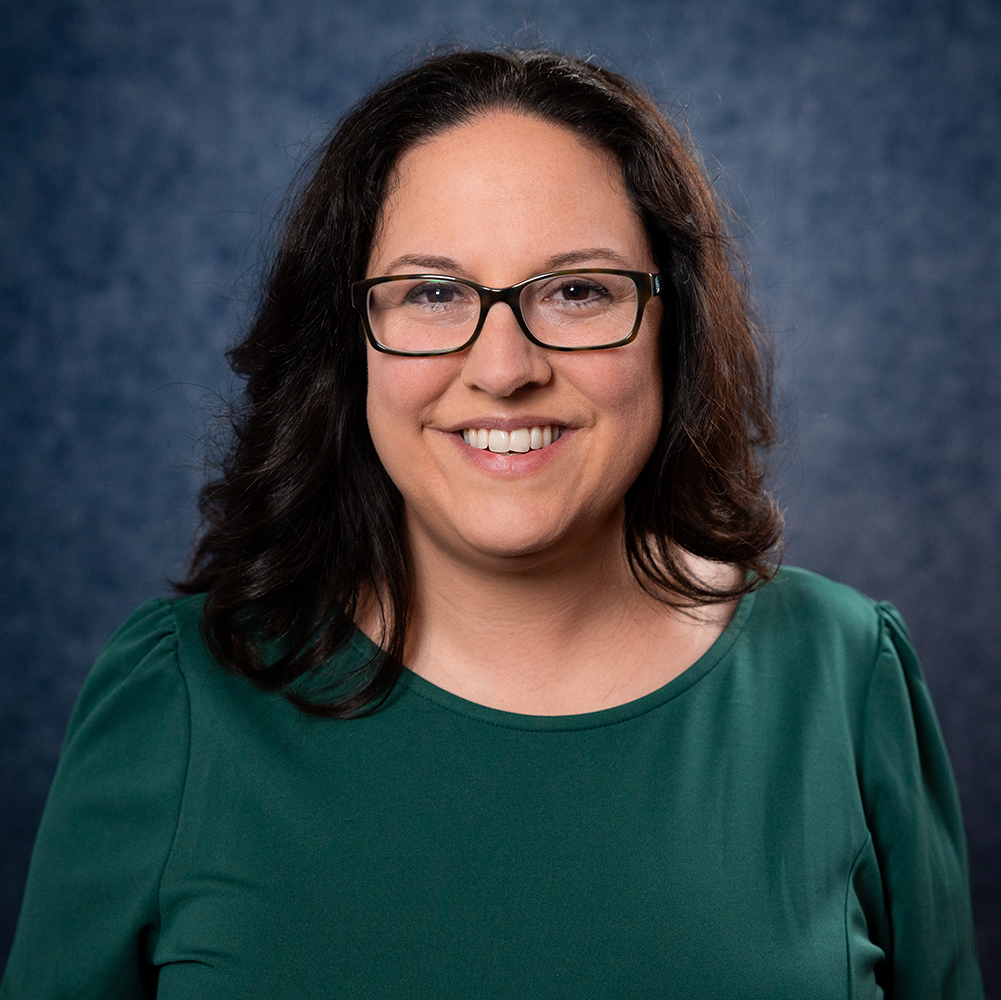
According to Donate Life America, every eight minutes, another person joins the queue for a life-saving organ transplant. Daily, 16 individuals on the waiting list perish before receiving the organ they desperately require.
As of March 27, 2024, the Health Resources & Services Administration reports that 103,223 individuals are currently awaiting organ transplants in the United States. Of those, 85% need a kidney.
Signing up to be a tissue, eye and organ donor, or making a living organ donation, is extremely important to help save lives. There are currently more people on the transplant list than there are organs available.
Sign Up to Be a Donor
If you sign up to be an organ, eye and tissue donor, you may be able to save lives after you die. Up to eight people’s lives can be saved from one donor’s organs. Also, one tissue, eye and organ donor can heal more than 75 people.
Especially consider signing up to be a donor if you are a person of color. More than 50% of patients on the transplant list are people of color, and people of color are more likely to experience health concerns that cause tissue death and organ failure. When a donor has the same ethnic or racial background as the recipient, their tissue and blood types are more likely to match.
Although you may never need a transplant, you can pass on the gift of life by registering to become an organ donor today. You can sign up to be a donor here.
Living Organ Donation
While you are alive, you can donate:
- A kidney
- A part of your liver
- A lobe of a lung
- A piece of your pancreas
- A piece of your intestine
- Skin, after you’ve had a tummy tuck or another surgery
Annually, about 6,500 living organ donation transplants occur. Living organ donation has an advantage for donors: They can decide who will receive their organ. This normally helps the recipient get their lifesaving organ faster than they would have otherwise.
Most living organ donations are between family members or friends, but some people choose to make a living organ donation for a person they do not know. Many living donors have no negative health outcomes because of their organ donation, leading normal lives after the procedure. Also, people who have received organs from living donors are more likely to have improved health outcomes compared to people who have received organs from donors who had passed away.
Living kidney donation is the most common type of organ donation. There are three types of living kidney donation:
- Directed donation (donating a kidney to a person you know)
- Non-directed donation (donating a kidney to a stranger or an anonymous donor)
- Kidney paired donation (allowing multiple donor/recipient pairs that are not compatible to switch donors)
For living organ donation involving a known recipient, start by engaging in an open discussion with the individual. Following this, reach out to the transplant program responsible for managing the recipient’s waitlist and express your intention to donate.
When considering living organ donation for an unknown recipient, connect with your preferred transplant hospital and inquire about their donation program.
At UofL Health – Trager Transplant Center, more patients leave our center every year with a renewed lease on life than any other program in the region. One of the leading providers of advanced organ disease and transplantation care in the country, we make it our mission to improve and save lives. To learn more about becoming a living donor, call 502-587-4358 and select option 5.
In addition to transplantation, Trager Transplant Center is actively involved with efforts to increase awareness of the need for organ donation in collaboration with Kentucky Organ Donor Affiliates.









